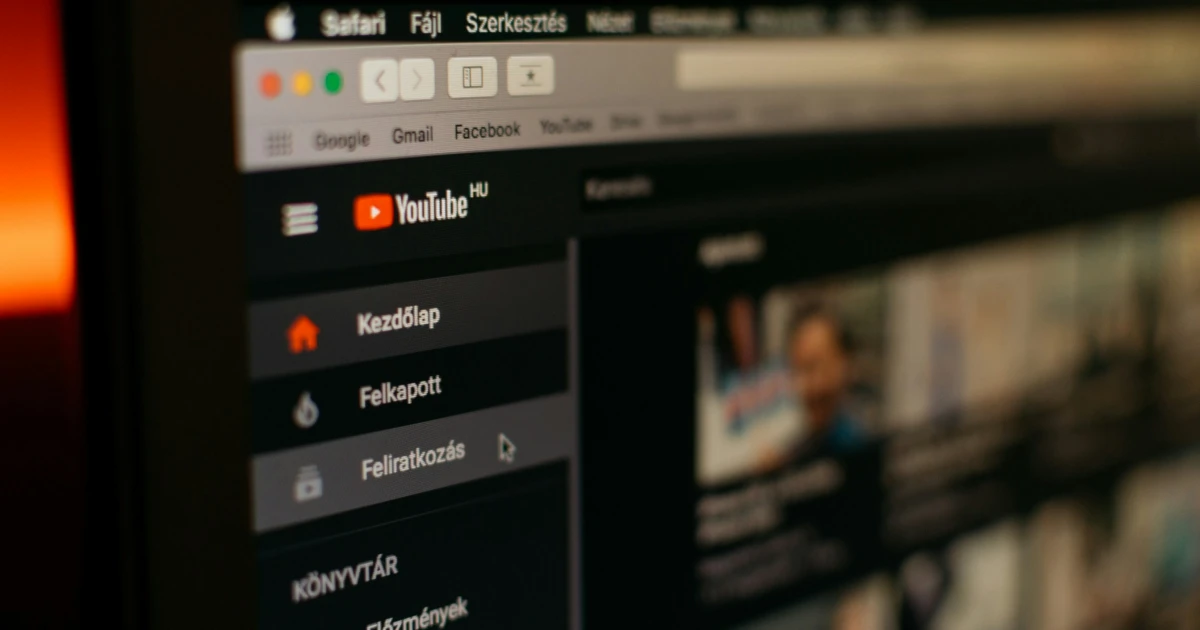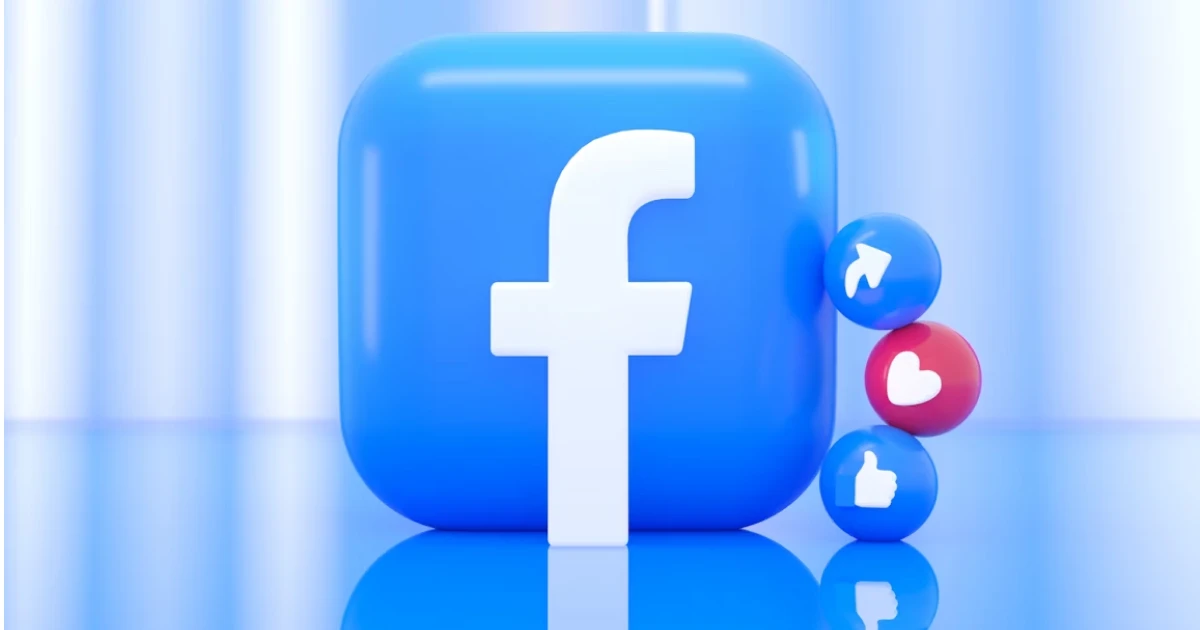The Buzz sound, the custom emoticons, the “lol” abbreviations, and the embarrassing bios. At that time, this was all we needed. But as times evolved, we realized that we needed something more. Something more interactive, something even more customizable, and something that feels more humane.
That’s when we got Skype for video calling interactions. But as you probably know or remember, the quality of the sound was pretty bad. Not to mention that calls would often freeze and stop a conversation, thus making video calls regarded as untrustworthy and, bottom line – annoying.
For gaming communities, things were even worse. While Skype was designed to facilitate 1 on 1 video and voice dialogues, it was not great for managing a group of more than 2 people at the same time. Even more so, the user interface was regarded as boring, and if we top that off with the fact that voice latency was really disturbing, then we conclude that the experience of playing games in real-time with our friends was bad.
TeamSpeak was also an option, but it was not fulfilling either, with servers and private channels costing money to be created and hosted. Truth be told, it wasn’t even that reliable. We can understand why gamers hated these options they had, but this was all they had.
So, gamers decided to step in and solve this problem for themselves.
But it’s not as straightforward as it might seem. Discord didn’t become the communication platform that it is today overnight. In fact, Discord founders Jason Citron and Stan Vishnevskiy, who shared a passion for video games, just wanted to come up with a way of talking to each other and their other gamer friends. But in reality, they created something much bigger. Somewhat accidentally!
Back in 2012, a team of gaming enthusiasts led by Jason Citron was working on a game called Hammer & Chisel. Now, this game was very much resembling League of Legends, but it featured one aspect that no other game did – Hammer & Chisel had a voice chat option that was really one of the only reasons people played the game. So the team realized in 2014 that the game wouldn’t have much success and they could actually focus only on their unique differentiator - helping gamers connect and form real friendships through the best voice chat service out there.
And that’s when the company closed the operations for Hammer & Chisel and started working on developing Discord. Citron and Vishnevskiy were both strong believers that people who spend a lot of time playing games together can really develop a bond. But there was no tool that could help them do that efficiently. So they actually started developing the software with their own needs in mind as gamers.
And from 2015 onwards, Discord changed everything for the gaming community and not only.
Discord brought a breath of fresh air to the gaming environment. It focused on the idea of creating a community rather than just facilitating talks. Indeed, it gave us the text chat box – but most importantly, they did the voice chat feature better than everyone else around. They even had a tagline, which was not that subtle: “It’s time to ditch Skype and TeamSpeak.”
Although, in the beginning, the software was not perfect, and people seemed reluctant to adhere to another app like Skype that they could hate, Discord started to gain traction pretty quickly in 2015. It was much like a snowball effect. Once the first gamers started using the app, they realized its features were like nothing out there. All of a sudden, people got the chance to communicate with one another without any call initiations or passwords for rooms. Any abrupt and discontinuous way of creating a call was history.
At Discord, they changed the game. The app is to this day free to use, and its features, like the ability to create servers, channels, and rooms and switch between them as we, please make it the go-to app for online group voice calls. The dispersion in rooms and channels helps create a sense of order between the high number of users and interests. The user interface and experience are easy to use and very comprehensible, and all of these aspects have been really appealing to people since day 1.
So we can be part of a Discord Server alongside hundreds of other people.
“We were successful because our product was ten times better than and ten times easier to use than the things that came before it, so people have been switching,” Jason Citron stated.
And this was what made Discord different – it resolved the issue that we all had with communication, but it also made it interesting. We can have different channels for different interests, but also different rooms, to facilitate easy flows of conversation. If we see a few of our friends are already inside a room and we want to join them, we can do so with a simple click. It gets no easier than that, and leaving the room to join a different channel altogether is just as easy. If a room gets too crowded and you need to communicate only with a team, you can just all jump to another room and continue the conversation there in a fraction of a second
After Discord introduced other features like bots, video calling, and screen sharing and worked continuously on its sound quality, the app became the norm for gaming communities. But lately, its founders are seeing its potential for something more. They want to turn Discord into every community’s online conferencing platform.
But isn’t Discord offering what any other communication platform is offering these days?
Well, yes…and no. With Slack, Teams, Zoom, and others being already so used by people, we can say one thing – Discord is on one side like any other communication platform, and at the same time, it is like nothing out there. There are more than 150 million monthly users of Discord, and that’s no surprise. If you try the app once and join a server, you can instantly feel how easy it is to form a community and cruise to different topics of information, assign moderators and admins, use bots to play music, and nonetheless voice and video call with 0 effort.
After 2018 the company entered the realm of unicorn startups, being valued at more than $1bln. Actually, in just 2 years after that, Discord was already at a $15 bln valuation. We can already understand the fast pace of growth of this company, and now we can also understand why it is so successful.
But wait, there is something more. On the internet, we can find different topics related to Discord and the way its users see the app, and one idea seems to be highlighted again and again. The idea is that Discord is the “future of the internet”. This got us interested. People are anticipating the integration of VR and AR in the app as the idea seems like the implicit step to take social interaction on Discord to the next level.
However, Discord is not special for any unique features it offers. Rather, it’s the way the software is combining everything it does that leaves its users so satisfied and willing to spend hours and hours communicating on the app every day. We are excited to see where Discord will be in the future, and we can finally understand how the app works.




.webp)











